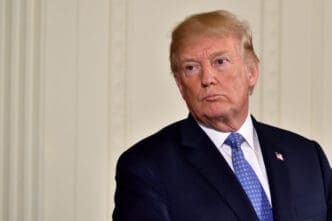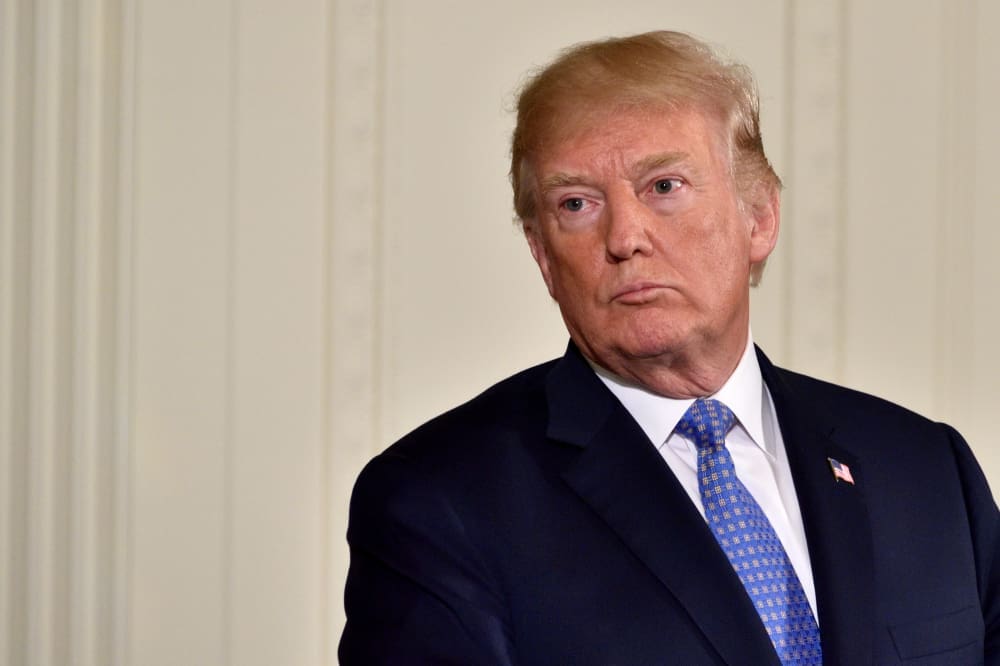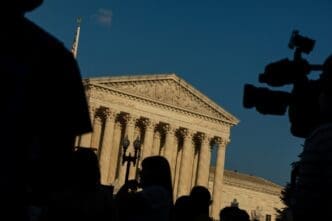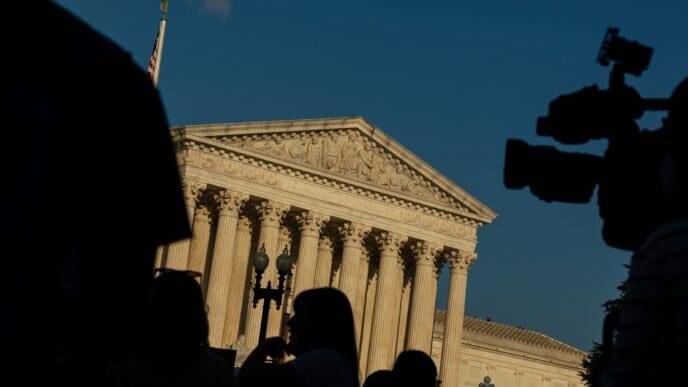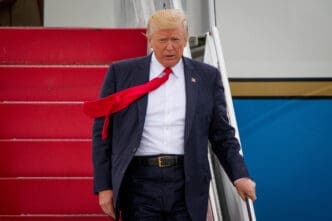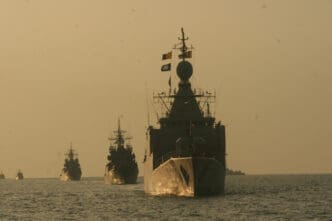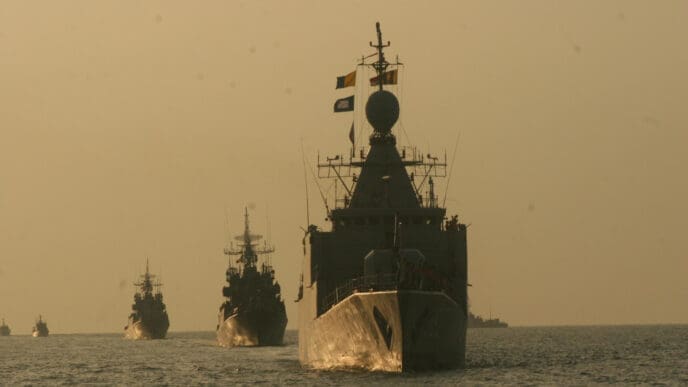Executive Summary
The Story So Far
Why This Matters
Who Thinks What?
President Donald Trump’s summit with Russian President Vladimir Putin in Alaska on Friday appears to have concluded with considerable strategic advantages for the Russian leader, particularly concerning the conflict in Ukraine. Despite President Trump’s assertions of “a lot of progress” and a “10 out of 10” outcome, the meeting seemingly fell short of his pre-summit objective for a ceasefire, leaving him with challenging decisions regarding future peace efforts.
Summit Outcomes and Russian Gains
The summit provided Russian President Vladimir Putin with a significant platform, offering what some observers describe as image rehabilitation for a leader largely isolated by Western nations and accused of war crimes in Ukraine. President Trump’s staging of Putin’s arrival, featuring simultaneous exits from presidential jets and red-carpet formalities, contributed to this perception.
A key outcome of the meeting was President Trump’s adoption of the Russian position that peace efforts should prioritize a final peace deal, a process potentially spanning months or years, over an immediate ceasefire. This stance, as noted by CNN’s Nick Paton Walsh, could allow Russia to continue its offensive in Ukraine.
Crucially, President Trump also appeared to step back from previous threats to impose tough new sanctions on Russia and expand secondary sanctions on nations purchasing Russian oil. These measures had been threatened by a recent deadline due to frustrations with Putin’s perceived intransigence. Following the summit, Trump indicated in an interview with Fox News that he no longer needed to consider such actions “right now.”
Proposals and Diplomatic Engagements
During a briefing with European leaders post-summit, President Trump conveyed that Putin proposed Ukraine cede approximately one-third of the Donbas region, encompassing parts of Luhansk and Donetsk not currently under Russian control. In return, Putin reportedly offered to freeze front lines in the Kherson and Zaporizhzhia regions, according to CNN’s Kevin Liptak, citing European officials. This proposal presents Ukraine with a difficult dilemma, with some analysts expressing concern it could serve as a future launchpad for Moscow’s forces.
European leaders also reported President Trump’s openness to providing U.S. security guarantees for Ukraine once the conflict concludes. While potentially significant given his previous reluctance to commit to Western-led peace missions, the specific nature of this backing remains undefined.
Looking ahead, CNN’s Kit Maher reported that multiple European leaders have been invited to a meeting between President Trump and Ukrainian President Volodymyr Zelensky at the White House on Monday. This signals a potential broadening of Trump’s peacemaking efforts to include U.S. allies, though Kyiv will likely be vigilant against any pressure to concede to plans discussed with Putin.
Symbolism and Strategic Divergence
The summit’s commencement, marked by a display of U.S. air power with B-2 stealth bombers and F-22 fighters, was countered by Putin’s symbolic greeting: “Good afternoon, dear neighbor.” This phrase, leveraging Alaska’s proximity, aimed to suggest immediate mutual interests between the two nations, overshadowing the European conflict.
For Ukraine and its European allies, who were not present at the meeting and briefed afterward, there was a degree of relief that no U.S.-Russia land swap plan emerged from Alaska, which some attribute to pre-summit European diplomacy. However, President Trump hinted at forthcoming pressure on Ukrainian President Zelensky, stating to Fox News, “it’s now up to President Zelensky to get it done.”
President Trump’s pre-summit declaration to Fox News that he “won’t be happy if I walk away without some form of a ceasefire” underscored the importance of this unfulfilled objective. Russia’s willingness to engage in protracted peace negotiations allows it to continue military operations, including its summer offensive, while Ukraine seeks immediate relief from ongoing attacks.
Challenges to Peacemaking Efforts
While President Trump’s stated zeal for peace in Ukraine is acknowledged, his repeated public mentions of a Nobel Peace Prize raise questions about underlying motivations. The resumption of dialogue between the U.S. and Russia, the world’s largest nuclear powers, is seen as a positive development.
However, the premise that President Trump’s personal influence and deal-making prowess alone can end wars appears to have been tested in Alaska. His failure to secure a ceasefire, a key personal metric, presents him with difficult strategic calculations.
Future Paths for Trump
President Trump now faces several strategic options. He could revert to pressuring Ukraine in pursuit of an imposed peace that might validate Russia’s invasion and the redrawing of international borders. Alternatively, he might reconsider U.S. pressure and sanctions to influence Russian calculations, a possibility he left open in his Fox News interview, noting he “may have to think about it in two weeks or three weeks.”
Another path involves committing to the Russian vision of talks on a final peace agreement, though historical precedent suggests such negotiations are often lengthy and not always honored by Russia. President Trump has expressed interest in a three-way summit involving himself, Putin, and Zelensky, a scenario that would align with his preference for high-profile events but offers unclear prospects for breakthroughs given Russia’s apparent disinterest in ending the war immediately.
A further possibility is that President Trump could become discouraged or disengaged if the peace process lacks rapid, clear victories that he can present to his supporters, given the inherent complexity and duration of such efforts.
Analysis of the Summit Dynamic
President Trump’s “style-before-substance” approach reportedly backfired in Alaska, with Putin appearing significantly more prepared. Observers question what concessions Russian officials offered earlier to convince the U.S. administration that the Alaska talks were productive. Russia appears to be leveraging President Trump’s desire for photo opportunities to maintain engagement while offering minimal concessions.
Despite the challenges, President Trump remains a unique conduit for peace in Ukraine due to his direct line to Putin and the U.S.’s capacity to provide security guarantees and impose sanctions. However, his willingness to actively pursue these avenues is critical, with some suggesting he remains influenced by Putin.
Concerns among Ukrainian officials reportedly stem from what they perceive as transparent manipulation by the Russian leader and President Trump’s apparent credulity. For instance, President Trump told Fox News that Putin praised his second term, claiming the U.S. was “as hot as a pistol,” and affirmed that the 2022 invasion “never would have happened” if Trump had been president. Trump expressed happiness at this validation, and also cited Putin as reinforcing his claims about mail-in voting, which U.S. intelligence agencies have previously linked to Russian interference in the 2016 election.
The “President of Peace” Narrative
The outcomes in Alaska have reportedly challenged the White House’s recent assertion that President Trump is “the President of Peace.” While President Trump has highlighted his interventions in conflicts such as those between India and Pakistan; Rwanda and the Democratic Republic of Congo; Thailand and Cambodia; and Armenia and Azerbaijan as evidence of his global peacemaking, the Ukraine conflict presents a different challenge.
President Trump has indeed utilized U.S. influence, including trade benefits, in these efforts, contributing to de-escalation and saving lives, though the comprehensiveness of some deals has been debated. However, his unfulfilled pledge to quickly resolve the Ukraine war, coupled with perceived U.S. complicity in the humanitarian situation in Gaza, complicates his aspiration for a legacy as a peacemaker and a Nobel Prize.
Though he once predicted he could end the Ukraine war in 24 hours, President Trump’s post-Alaska comments to Fox News, stating, “I thought this would be the easiest of them all and it was the most difficult,” suggest a revised understanding of the conflict’s complexity.

